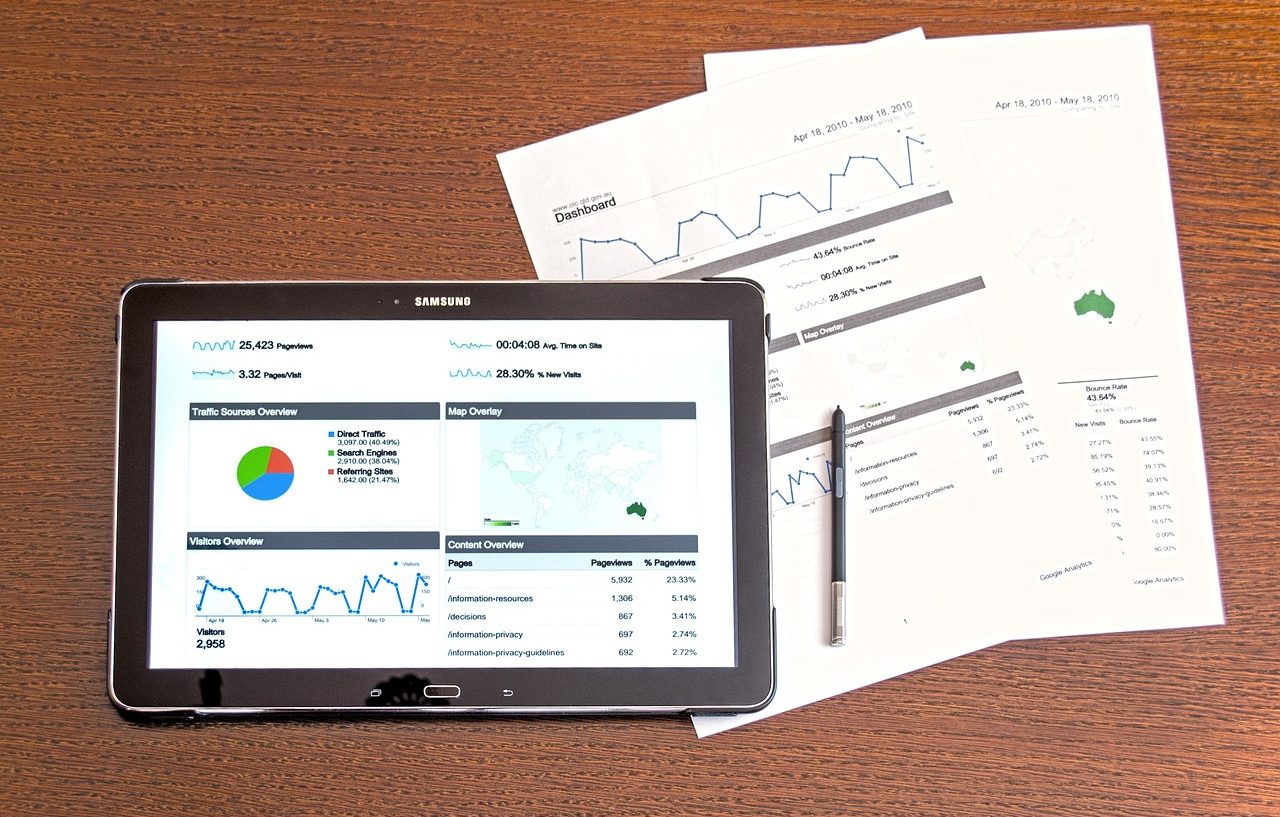
Programmatic advertising ensures the visibility of ads according to the interests of the audience.
Programmatic advertising is a system that makes the automated buying and selling of advertisements possible. It is a model that uses algorithms to find matches between a brand's target audience and the spaces available to advertise in digital media that these people consume.
Using advanced technology , programmatic advertising allows you to automatically display ads to those users who may be interested in your content . This is determined from a review of the user's history, including their Internet searches, electronic purchases and other data thanks to cookie tracking.
It should be noted that advertising is called the dissemination of commercial advertisements to try to captivate potential consumers or buyers. Programmatic , meanwhile, is that linked to a program (a term that can refer to the operations that a machine executes in a certain order or to the set of instructions that enable a computer to carry out a specific function).
Features of programmatic advertising
Programmatic advertising is based on the auction of online ads in real time . The process is carried out in an automated manner based on the analysis of large amounts of data ( big data ) from Internet users and advertisers. The purpose is to display a personalized advertisement, with a high probability of attracting the user.
Audience segmentation can be done in different ways: behavioral segmentation (based on behavior when making a purchase), contextual segmentation (based on the content of the publication), etc. What programmatic advertising does is connect the advertiser with a similar user at the right place and time.
Another resource that programmatic advertising appeals to is geolocation . In this way, the advertiser's advertisement is displayed to users who are close to the business.

Digital marketing strategies must consider programmatic advertising.
Its development
In programmatic advertising, there are advertisers who bid to retain advertising space. For this, they use a demand platform (DSP) that is responsible for analyzing the information linked to the needs of the brand and the audience profile. An offer platform (SSP) also intervenes in the process, in which digital media offer their spaces for the inclusion of advertisements.
The advertising exchange (ad exchange) takes shape with the management of this demand and supply. At this point a platform intervenes that considers the spaces offered in the SSP, generates the auction and sends it to the DSP advertisers. The advertiser who is willing to pay more keeps the space in question and displays their ad in it.
It should be considered that the programmatic sale and programmatic purchase of spaces is carried out in an automated and instant manner.

Programmatic advertising will be affected by a cookieless future.
Benefits of programmatic advertising
Through artificial intelligence (AI) and machine learning , algorithms detect coincidences between the spaces on offer in the SSP and the user data that advertisers intend to reach. Thanks to the precision of this interweaving of information, users receive advertisements according to their interests and preferences since, as we saw, audience segmentation is carried out.
This modality allows you to achieve a high click-through rate (CTR) on ads and also a high conversion rate . Ad personalization directs advertising to specific Internet users, making it much more likely that an action or purchase will be achieved compared to what happens if the same ad is shown equally to all visitors to a site. web.
The automation of processes is another of the advantages of programmatic advertising. The advertiser does not have to negotiate with each medium, but rather enters into the system what they are willing to pay and for what type of advertisement. The market, in this sense, is regulated autonomously: whoever pays the most, keeps the space. That is why prices are determined through the game of supply and demand.
Programmatic advertising also makes it easier to measure results . It is possible to work with real-time analytics and also generate reports in real time.
Its disadvantages
Beyond the positive points, analysts recognize several negative aspects of programmatic advertising. On the one hand, transparency can be questioned: when using external platforms, the data is not managed by the media or advertisers.
On the other hand, ad impressions tend to be more expensive compared to other formats. For example, compared to a sticky banner with a call to action that links to a destination site.
Types of programmatic advertising
It must be taken into account that, although real-time bidding (RTB) is the most common methodology, there are other types of programmatic advertising.
A private marketplace (PMP) works through invitations. In this way, only chosen advertisers can access an exclusive space.
Direct programmatic buying , on the other hand, consists of direct agreements between advertisers and media outlets. This modality gives greater power to the advertiser to define the context and location of their ads.
The so-called programmatic guarantee or guaranteed programmatic guarantee, meanwhile, is based on individual agreements. Campaign management, therefore, can be carried out in a more personalized and detailed way.
